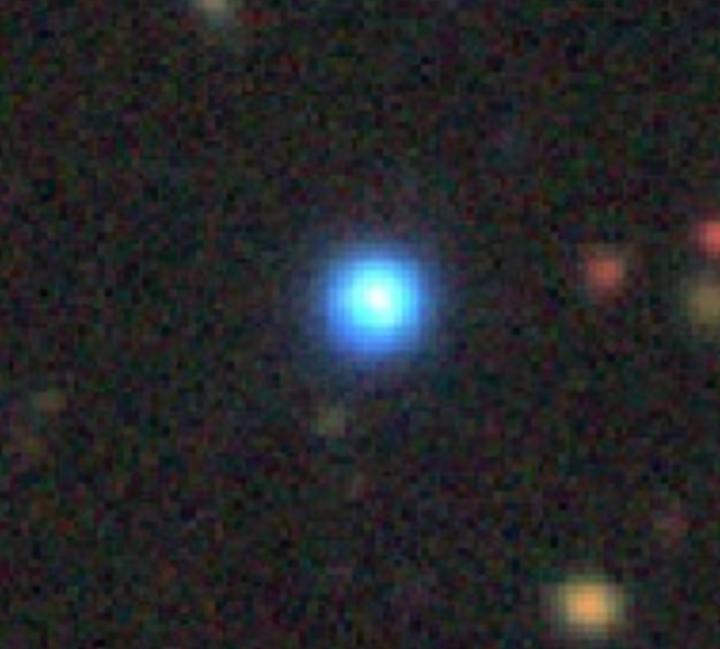A Newly Discovered Type of Galaxy Keeps Producing Stars as It Dies
Credit to Author: Becky Ferreira| Date: Wed, 12 Jun 2019 19:52:51 +0000
People die, stars die, and yes, even galaxies die. But while scientists have observed many “dead galaxies” that do not produce new stars, the actual transition from an active star-forming galaxy to a galactic corpse is not well understood.
The missing link in this mystery could be “cold quasars,” a new type of system discovered by Allison Kirkpatrick, assistant professor of physics and astronomy at the University of Kansas. Kirkpatrick announced her findings in a livestream presentation at the American Astronomical Society meeting in St. Louis on Wednesday.
Cold quasars are gigantic galaxies that form stars even though they host a quasar, which is a type of ultra-luminous supermassive black hole that heralds death for its galactic host. Material swirling at the event horizon of a quasar becomes so hot and energetic that it gets shot out at relativistic speeds, a process that essentially blows out the gas supply of the galaxy, halting the formation of new stars.
“Supermassive black holes that are this bright are only formed through major mergers,” Kirkpatrick told Motherboard in a phone call. “You only see them when two galaxies of roughly the same size slam into each other, because that provides enough gravity and force to tunnel gas to the center to feed these supermassive black holes and produce that amount of energy.”
Kirkpatrick studied quasars in different wavelengths using the Sloan Digital Sky Survey, the XMM Newton telescope, and the Herschel Space Telescope. She noticed that about 10 percent of the observed quasars were located in galaxies that still contained enough cold gas to form new stars.
This challenges the previous assumption that quasars are pretty much an immediate death knell to galaxies. For a brief transitional period of about 10 million years, it seems galaxies can host a quasar and still create new stars.

“That is one way to constrain how much influence the black hole is having on its host galaxy,” Kirkpatrick said. “When we see really cool dust, the host galaxy has not yet been heated by the black hole and that’s how we know that it is still intact.”
The cold quasars that Kirkpatrick and her colleagues observed were all extremely ancient, dating back seven to 12 billion years. But cold quasars are not only a relic of the distant cosmic past, and have real relevance to the future of our own galactic neighbourhood.
“This is the ultimate fate of the Milky Way, which will go through a collision with the Andromeda galaxy that will turn on a bright quasar,” she said. “It will blow out all of its fuel for future star formation, and then it will be dead.”
This merger won’t happen for another five billion years, around the same time the Sun will burn out. It will take hundreds of millions of years for a quasar to emerge from that galactic rubble. So while all good things come to an end, fortunately, we have a very healthy lead time to prepare for the death of our planet, star, and galaxy.
This article originally appeared on VICE US.